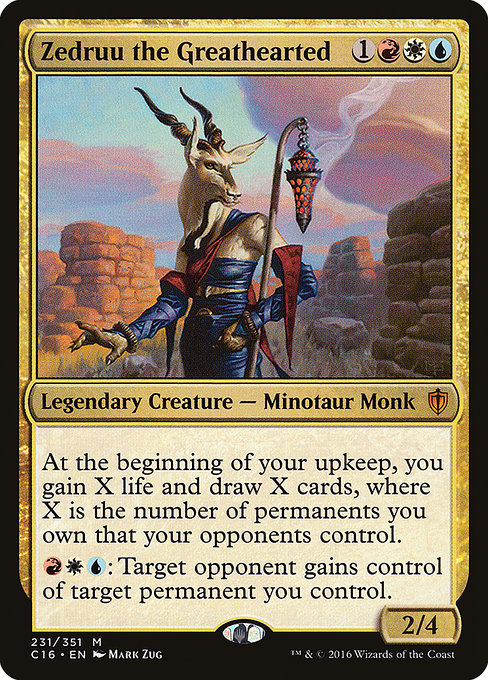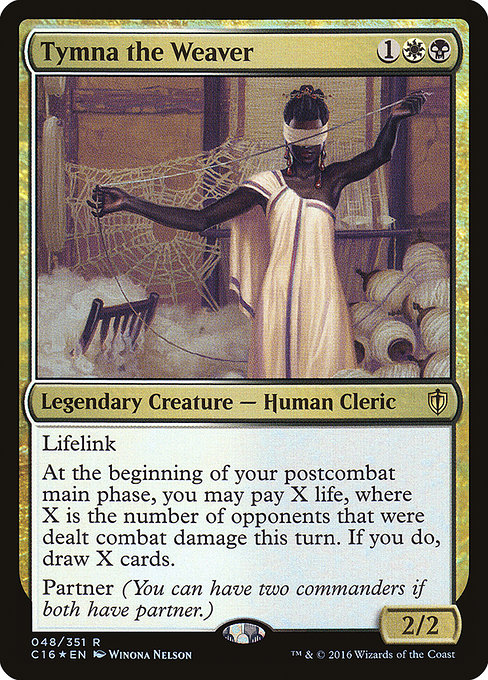Deck & Commander Strategies
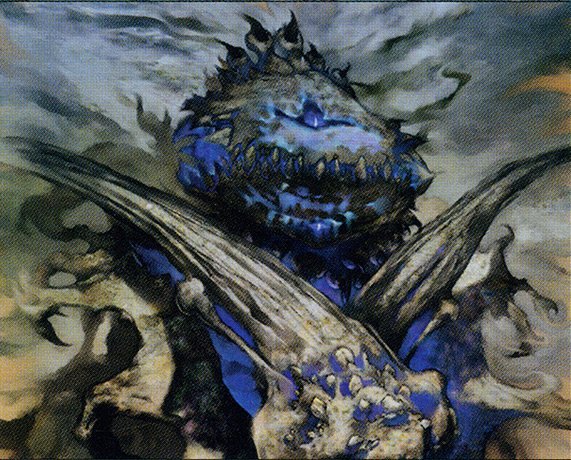
Mistform Ultimus
Leverages a tribal theme with shapeshifters and spells to control the board and disrupt opponents, winning through combat damage and removal spells like Curse of the Swine.

Zedruu the Greathearted
Focuses on giving away permanents to opponents to generate card draw and life gain, while leveraging enchantments and political gameplay to gain advantage.
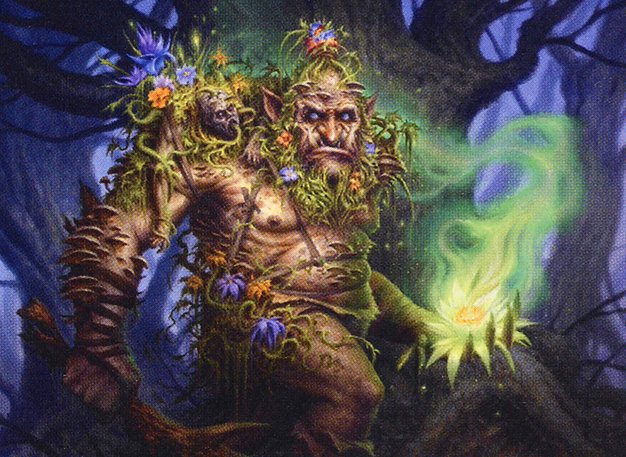
Grismold, the Dreadsower
Generates plant tokens every turn to build a wide board presence, uses sacrifice outlets and token synergies to grow creatures and control the board.
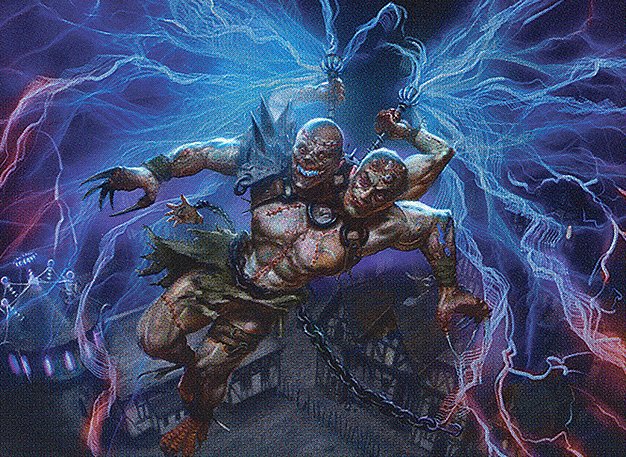

Kraum, Ludevic's Opus / Tymna the Weaver
Utilizes card draw from combat damage and efficient spellcasting, with a focus on spells like Thousand-Year Storm to generate value and burst damage.
Gameplay Insights
- 1
The constant production of plant tokens by Grismold creates a recurring threat that forces opponents to adapt their strategies, enabling multiple layers of synergy and sacrifice interactions.
- 2
The board wipe resets the battlefield but does not stop the incremental advantage gained through token generation and recursion effects like those from Sun Titan and Grismold.
- 3
The use of Pestilence to clear tokens while growing Grismold demonstrates effective board management, balancing between clearing threats and maintaining one's own board state.
- 4
Timna and Kraum's card draw from combat damage allows for continued resource replenishment, enabling them to keep up pressure with spells like Thousand-Year Storm.
- 5
Strategic use of Curse of the Swine to remove key combo pieces or threats while maintaining board presence shows thoughtful timing and threat assessment.
- 6
Players take advantage of sacrifice outlets like Viscera Seer to control board state and trigger synergies from Grismold and Blood Artist, maintaining momentum through small incremental gains.
Notable Cards
-

Grismold, the Dreadsower
-

Karn's Bastion
-
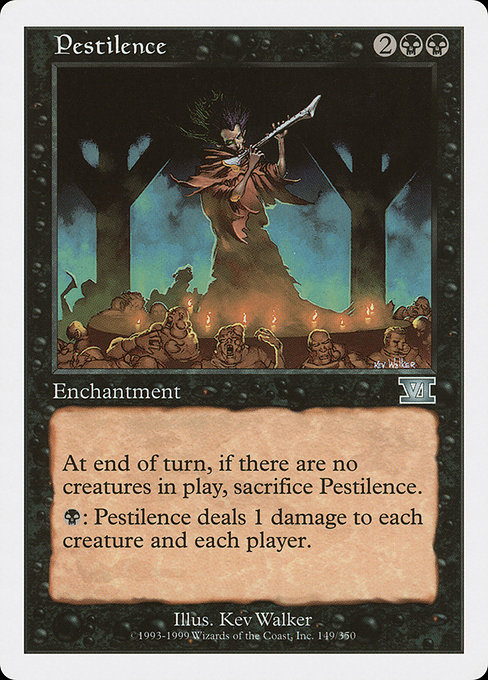
Pestilence
-
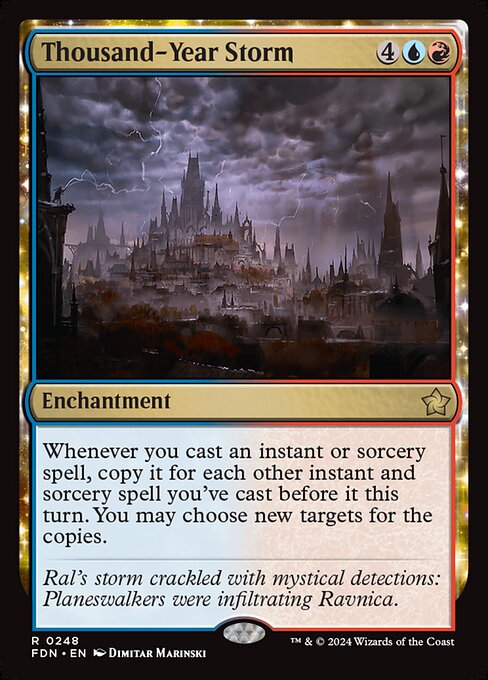
Thousand-Year Storm
-

Curse of the Swine
-

Sun Titan
-

Skullclamp
-

Viscera Seer
-
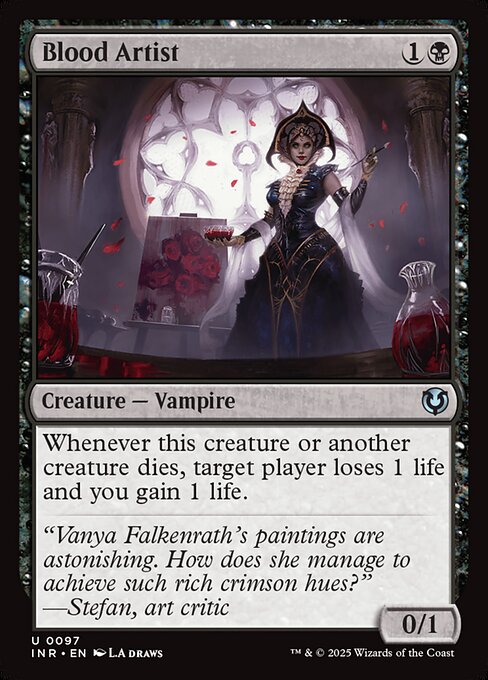
Blood Artist
Gameplay Summary
The game unfolds with a multi-player dynamic centered around token generation, incremental value, and board control.
Early turns see players establishing mana bases, dropping signets, and deploying key pieces like Grismold, the Dreadsower, which generates plant tokens for all players each turn.
This token production becomes a pivotal mechanic, fueling various synergies and combos.
A major turning point occurs when a board wipe is cast, resetting the board but leaving lingering effects and tokens that continue to influence the game state.
Pestilence is played to leverage the tokens on the battlefield, effectively clearing smaller creatures while growing Grismold and maintaining pressure. Players attempt to gain incremental advantage through card draw and life gain, with Tymna and Kraum providing card advantage and access to powerful spells like Thousand-Year Storm.
The Mistform Ultimus deck struggles with mana issues early on but manages to apply pressure through spells like Curse of the Swine to remove key threats.
Zedruu's strategy of giving away permanents adds political complexity and tactical layers to the gameplay.
As the game progresses, the constant generation of plant tokens from Grismold and interactions with sacrifice outlets like Viscera Seer create a grindy board state, with players jockeying for control through combat and resource management.
The use of Sun Titan to recur lands and other permanents also signals a late-game shift to value recursion and board presence.
The game is characterized by a balance of board presence, incremental advantage, and tactical combat decisions.



